What a Futurist Predicted We'd Be Driving 50 Years after Apollo 11

Best known for 2001: A Space Odyssey, science-fiction writer Arthur C. Clarke also had ideas about a different 2000—2019. He put several futurist predictions to paper in July 20, 2019: Life in the 21st Century, his 1986 tome that mused over bionic athletes, robotic dogs, and computer friends who were like real-time pen pals.

In 1986, Clarke was already an established visionary, having predicted geosynchronous communication satellites in the 1940s and satellite navigation (which was not yet a commercial reality in '86) in the 1950s. The title of his book is a nod to the 50th anniversary of the moon landing, easily one of the most staggering technological achievements of the 20th century.
Some of his predictions stayed just that. World War III? He thought that would happen in 2018 and involve both East and West Germany. Clarke forecast that sports would have evolved beyond earthly limits by 2019, envisioning a Space Cup in which competitors would use solar sails to race around the moon. Here it is 2019, and we're still counting on the very terrestrial Lightning Lap to keep us amused. On other topics, Clarke wasn't so far off. He said a movie ticket would skyrocket to $12 (true) and that the computer-synthesized likeness of Marilyn Monroe would act again (if not true, then entirely plausible given today's computer animation).
"What, then, of the autos, aircraft, and spacecraft of 2019?" Clarke wrote. "The most outstanding of today's designs will still be cherished. The Pontiac Fiero and the Corvette Stingray may well be the latter-day counterparts of the early Ford Thunderbirds and will evoke equal nostalgia. But overall, we can expect sweeping change." No, he didn't call for flying cars. But the vehicles of 2019, he foresaw, would be loaded with electronic options. Here's a look at how 11 of Clarke's car-specific predictions panned out:
1. Navigation
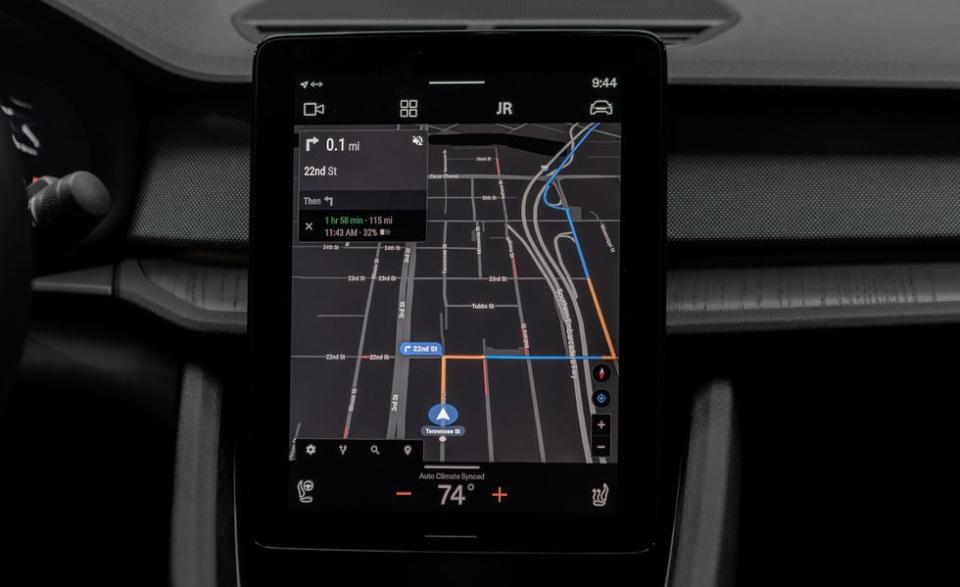
"Onboard navigation will make it impossible to get lost," Clarke wrote. "The car will be able to locate its position using satellite navigation systems and show it on a color video map or display. This TV display—located on the passenger side, not the driver's side—will store an atlas of maps on a videodisc."
Allow us to explain these historical terms: An atlas is a book of paper maps. Videodiscs are what Netflix used to send you in the mail. And a video screen with turn-by-turn navigation is standard on the $21,000 Mazda 3, which uses what the automaker calls a next-generation human-machine interface known as Mazda Connect. Clarke didn't seem to foresee touchscreens with pinch and swipe functions, while that "on the passenger side" business suggests he had more sensitivity about driver distraction than modern automakers evince. Your car can call 9-1-1 for you in an emergency, and Mazda's Intelligent Drive Master can coach you to become a better driver. Thankfully, it is still possible to get lost and enjoy the drive—simply shut the nav system down.
2. Adaptive Suspension
"In normal operation, the suspension will be electronically controlled, offering a stiff ride for the freeway or a softer ride over city potholes."
Clarke foresaw adaptive suspension, but would he be able to wrap his head around Free Driving Assist? That's the name for the bounce-house mode available in the 2020 Mercedes-Benz GLE, manufactured in (the one, unified, not World War III–ing) Germany.
3. Money Talks
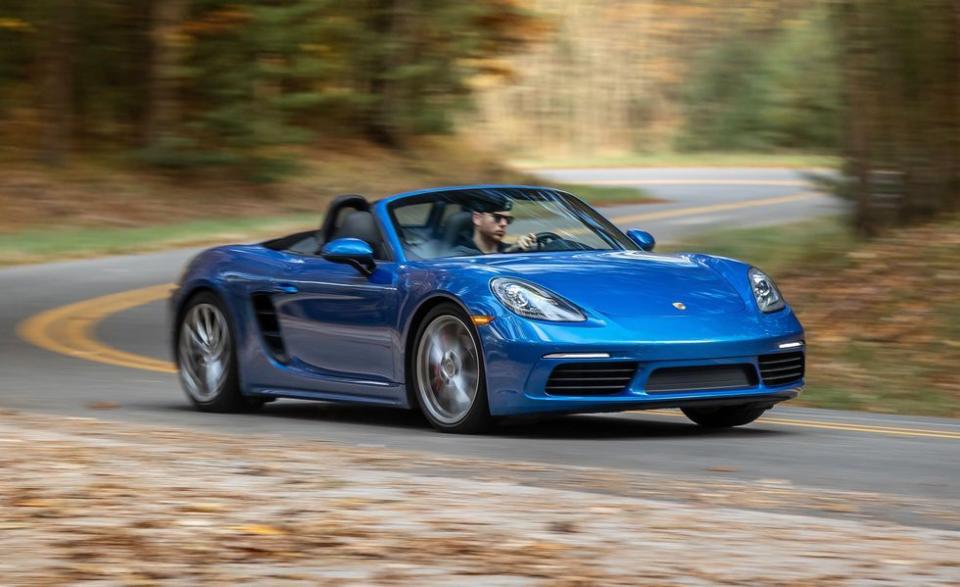
"For 2019's low, low prices of $70,000, with easy credit terms, a new car will offer a lot."
Movie tickets do cost $12 these days, but you can buy a car for far less than $70,000. For 2018, the average new-car transaction price in the United States teetered around the $35,000 mark. That said, $70,000 will soon buy you the new 2020 Chevy Corvette C8. It will also get you 2019 models of the Corvette Grand Sport, Porsche 718 Boxster S, or Audi Q7. Or five base Nissan Versa S sedans. With the latter, you'd get to live through the 1980s all over again with crank-up windows, plus a few modern benefits that would have impressed your 1986 self: a touchscreen infotainment system, intermittent windshield wipers, and speed-sensitive power steering.
4. Safety and Sobriety

"An alcohol detector will prevent the driver from starting up if he's had too many for the road."
In 1986, when Clarke wrote those words, drivers had begun to heed the message: drive sober. The National Highway Traffic Safety Administration (NHTSA) reports that the percentage of drivers found with alcohol in their systems feel between the early 1970s and 1986. A 1996 study showed further decline. This is due to a number of factors, including technology. Some states require offenders to install an interlock device on their car, which prevents the car from starting if the driver's blood-alcohol content is deemed too high. NHTSA has also proposed two additional alcohol detection systems for cars: a touch detector, or "tissue spectrometry" in science-fiction terms, and a Breathalyzer, or "distant spectrometry."
Today, we also have Lyft and Uber. Just use the computer you carry in your pocket to soundlessly signal a network of drivers to your location using global-positioning satellite technology.
5. Fuel Economy
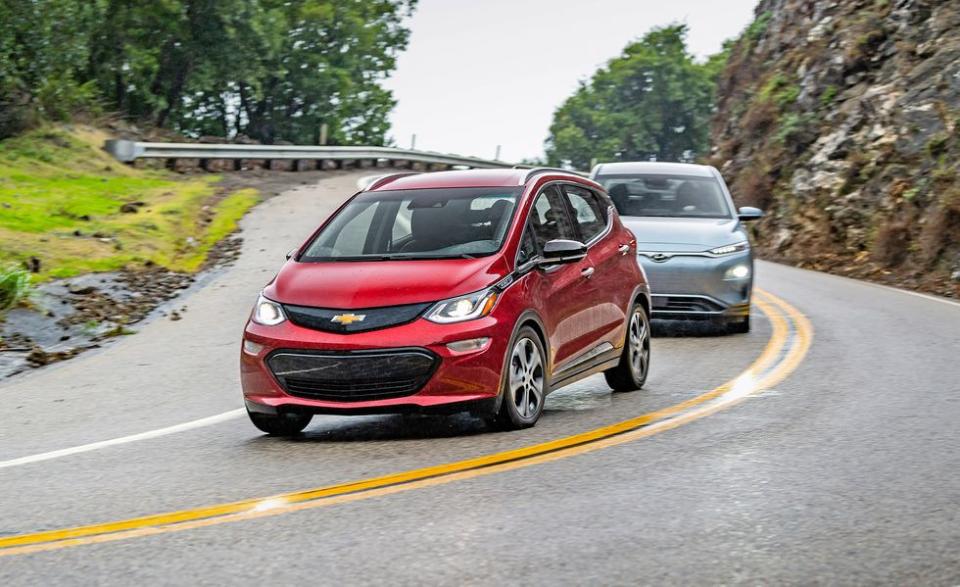
"Autos may top 100 miles per gallon."
When Clarke's book came out, this statement was as believable as the idea of George Jetson's flying car that folds into a suitcase. (The Jetsons takes place in 2062, so we've yet to see if that concept is off-base.) But cars getting the equivalent of 100 mpg are now a reality. The 2019 Chevrolet Bolt EV achieved 102 MPGe in C/D's real-world highway fuel-economy test, and it's not the only vehicle rated at more than 100 MPGe. See also: Fiat 500e, BMW i3, Volkswagen e-Golf, Hyundai Ioniq, Nissan Leaf, and Tesla Model S.
6. Shifting Gears, or Really Not-Shifting Not-Gears

"The transmission will be continuously variable, in effect making available an infinite number of gears. As the car proceeds through traffic or onto the highway, its microchip will continually adjust the engine speed, its tuning, and the transmission to give the best efficiency. These adjustments will also control pollution while avoiding engine roughness or knocking. What's more, the car will never need a tune-up."
We advise that you follow the manufacturer's recommended maintenance schedule for tuneups, but cars today can go significantly longer between oil changes these days than when Clarke wrote his book in 1986. Uninspiring yet fuel-efficient, continuously variable automatic transmissions have become common, although not universally loved, in 2019.
7. Motorsport
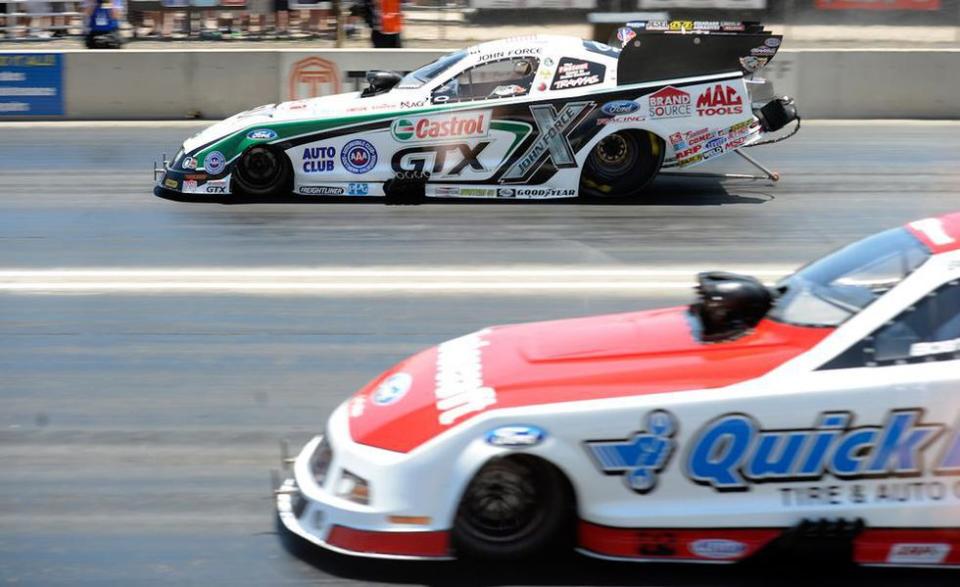
"Drag racers in 2019? Doubtlessly, the desire to race automobiles will survive into the next century."
In 1986, when Clarke wrote those words, John Force was a nobody. He won his first NHRA drag race in 1987 and the first of his 16 first world championships in 1990. Today he is one of the most dominant drivers in NHRA history (and yet a man of few words). Three of his daughters, Ashley, Courtney, and Brittany, followed him into the burnout box, ensuring drag racing and the Force racing dynasty will continue past 2019.
8. Near-Earth Objects
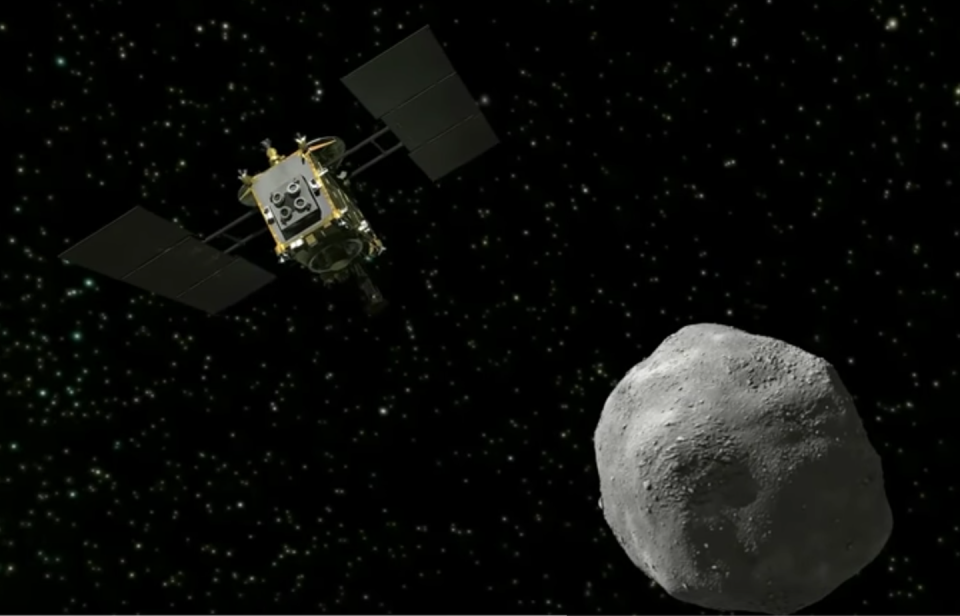
"The day we mine the asteroids is drawing ever nearer."
Many of Clarke's predictions for July 20, 2019, came true. For example, today we have urgent-care clinics, "bloodless laser surgery," and WebMD. Clarke pictured students sending their term papers to professors electronically, somehow, to be marked and returned. Even so, Clarke wasn't all-knowing. Life aboard a space station isn't quite up to the level he envisioned, and we're not yet mining asteroids. But the Japanese space agency has landed two robots on an asteroid to begin exploration. Scientists say elements used in automotive production including iron, magnesium, nickel, oxygen, and even platinum exist on some asteroids.
9. Bye-Bye, Sheetmetal
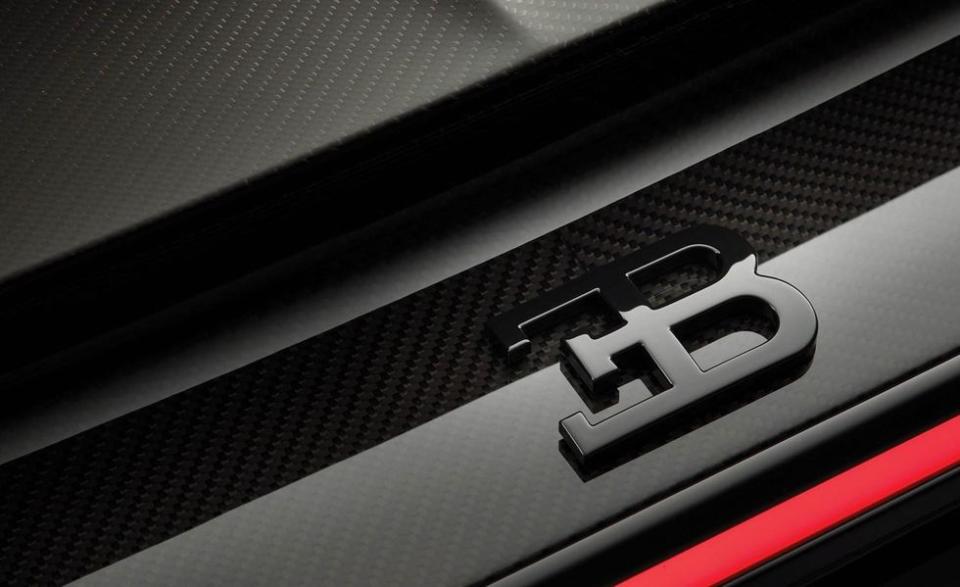
"Sheetmetal bodies will have gone the way of wood paneling," Clarke wrote in July 20, 2019. "Instead, the bodies will be built of plastics and composites, reinforced with glass or graphite fibers. These give outstanding strength and low weight, up to 60 percent less than steel. Body panels and parts will be prepared at the factory in completely painted and finished form, then glued together. Gone will be spot welds, primer, and other old-fashioned metallic features."
Corvettes were made of fiberglass in 1953, so Clarke doesn't get credit for the idea, but Bugatti took the idea to the next level with the carbon-fiber Chiron. According to the manufacturer, if every strand of carbon fiber in the Chiron's monocoque were laid end to end, they'd stretch nine times the distance between the earth and the moon. The body parts are tinted, not painted, leaving the weave exposed.
Does this mean spot welds are a thing of the past? No, but automakers say structural adhesive (glue) adds stiffness without adding weight.
10. No More Dents

"The new bodies will never corrode. Moreover, fenders made of certain plastics will absorb a dent and minutes later bounce back to their original shape."
Well, it's not quite that easy, and body shops are still around, but plastic bodies can bounce back with a little encouragement from heat, water, and sometimes a plunger. Plus, General Motors' interstellar division, Saturn, once made a name for itself with ding-resistant plastic body paneling. So, that was a thing.
11. A Bright Future
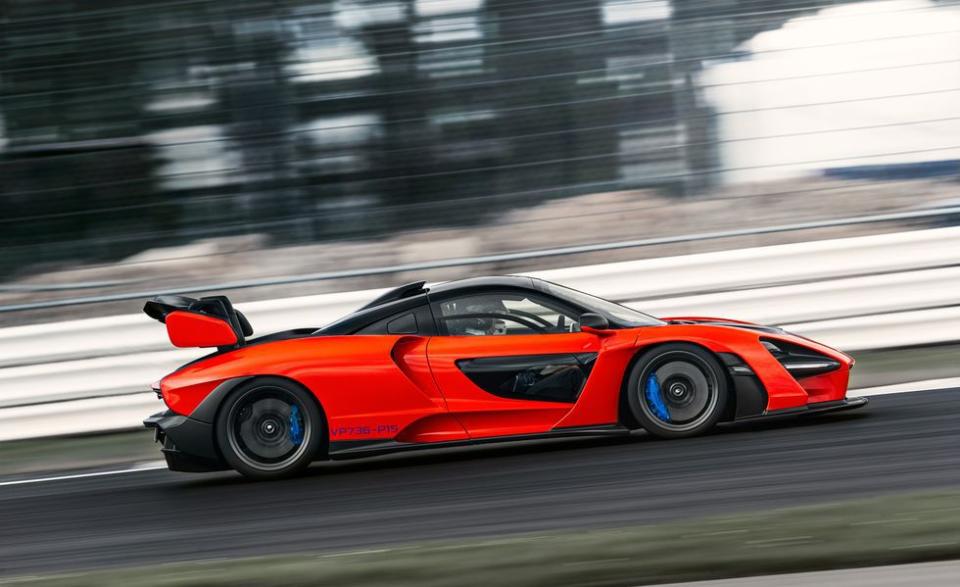
"Sleek aerodynamic styling may well make [the vehicle of 2019] as streamlined as a fighter plane," Clarke wrote. "A low, sloping hood will merge smoothly into the windshield, the car's glass panels flush with the body. There will be no front grille; side-entry cooling will provide the needed airflow. Spoilers on the rear trunk, air dams under the front and rear bumpers, flush-mounted headlights, and wheel-well covers will all be included. The overall shape will be nearly as smooth and as self-contained as an egg."
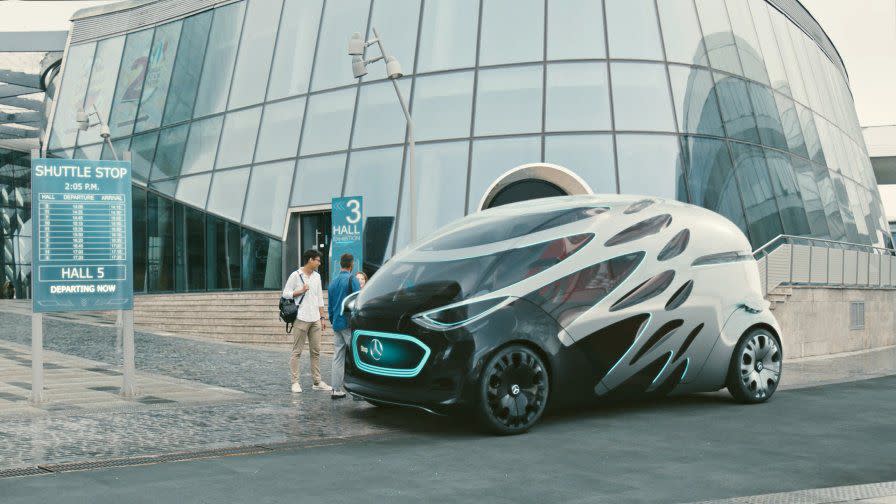
He had us until "egg." Okay, Mercedes-Benz showed an egglike futuristic concept at CES this year, but we're talking 2019. Nobody in 2019 wants a car shaped like an egg, though they are available—just look at the Chrysler Pacifica minivan. We still want the wedge-shaped oddities designers started dreaming up in the 1970s and '80s but evolved, with just the right curves. Today's supercars, hypercars, and electric cars are giving us plenty of eye candy. The Ferrari 488 Pista, for example, which uses giant side-air intakes for cooling. The McLaren Senna has more jet-fighter-like looks than even the most exotic egg you can imagine. The front grille has been a design staple for a century, but you won't find one on any Tesla, such as the Model 3 seen atop this story.
The year 1986 is as far in our past as the year 2052 is in our future. What changes may come during the next 33 years, or by the 100th anniversary of the moon landing? That remains for today's sci-fi writers and car designers to decide. As Clarke wrote, "The future, by definition, does not yet exist."
('You Might Also Like',)

 Yahoo Autos
Yahoo Autos 